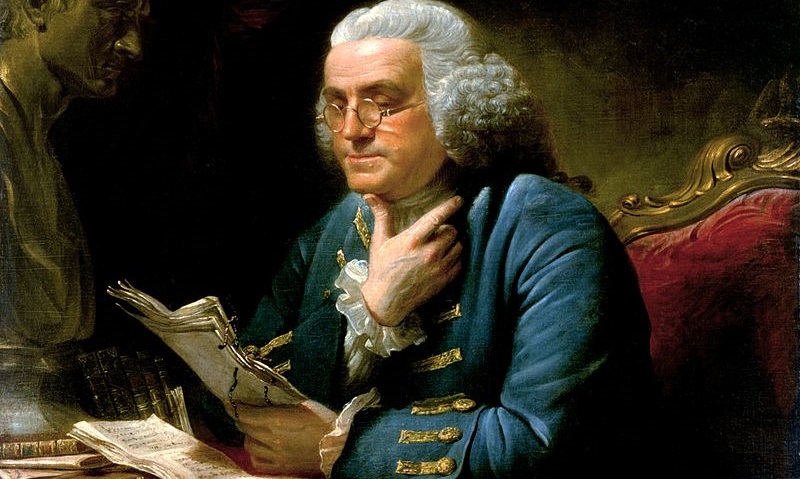E-resource highlight: Electronic Enlightenment

One of the lesser-known gems in our suite of e-resources is Electronic Enlightenment, an online collection of letters dating from the era of the Enlightenment.
What is it? A huge collection of correspondence (much of it previously unpublished) enhanced with scholarly annotations, biographical information and advanced search features. While the focus is on the eighteenth century, the collection includes correspondence and other documents from the seventeenth to the twentieth centuries related to Enlightenment figures.
Who’s writing to who? Most eye-catching is the correspondence between an all-star cast of Enlightenment greats: Descartes, Bentham, Swift, Locke, Halley, Defoe, Hobbes, Pope, Sterne, Voltaire, Boyle, Johnson, Burke, Smith and many, many more. However the collection is not just about a ‘great men’ view of the Age of Enlightenment. Over 8,000 individual correspondents are featured, many of them little known, giving a much broader picture of life and thought in the era.
What were they writing about? The explosion in letter-writing at this time represented a massive exchange of ideas, both great and small. Best known are the letters of the likes of Descartes and Voltaire in which we can see some of the key expressions of Enlightenment thought being formulated and honed through discussion with their correspondents.
The collection is more than a collection of Enlightenment Greatest Hits however. There any many small exchanges between scholars that enable us to see how knowledge and understanding grew so rapidly at this time. For example, in a letter from Robert Boyle to James Gregory, we can read of one instance of St Andrews contributing to the growth of scientific knowledge.
Alongside the astonishing intellectual network that developed through the medium of correspondence are less world-shaking but no less fascinating letters between friends, family members, business partners, etc that help us build up a detailed picture of the world their writers lived in. Some of these are educative or literary in tone: for example the account Lady Mary Wortley Montagu gives in her letters of her travels through the Ottoman Empire, or Samuel Richardson describing the genesis of his novel Pamela.
By contrast however, there is also plenty of personal correspondence which is less high-minded in tone and content – gossip, trivia, quarrels, etc. We see, for example, other sides to the great philosophers:
- David Hume’s outrage on learning that a disparaging remark he had (allegedly) made had found its way into print.
- Thomas Reid’s doctor’s concern about the wart on Mrs Reid’s nose. (Anyone similarly afflicted may be interested to try out the remedy he proposed.)
- Jeremy Bentham celebrating the joys of bread.
What else can the database do?
- The resource includes biographical notes for all 8000+ writers and recipients, with details of their correspondents and links to the letters between them.
- The expert team behind Electronic Enlightenment have made the letters more readable by a modern audience by adding translations, making corrections, expanding abbreviations, and including explanatory notes.
- The online format allows for a number of sophisticated search options.
Find it –via SAULCAT or at http://www.e-enlightenment.com/search/
Contact us for more information: [email protected]